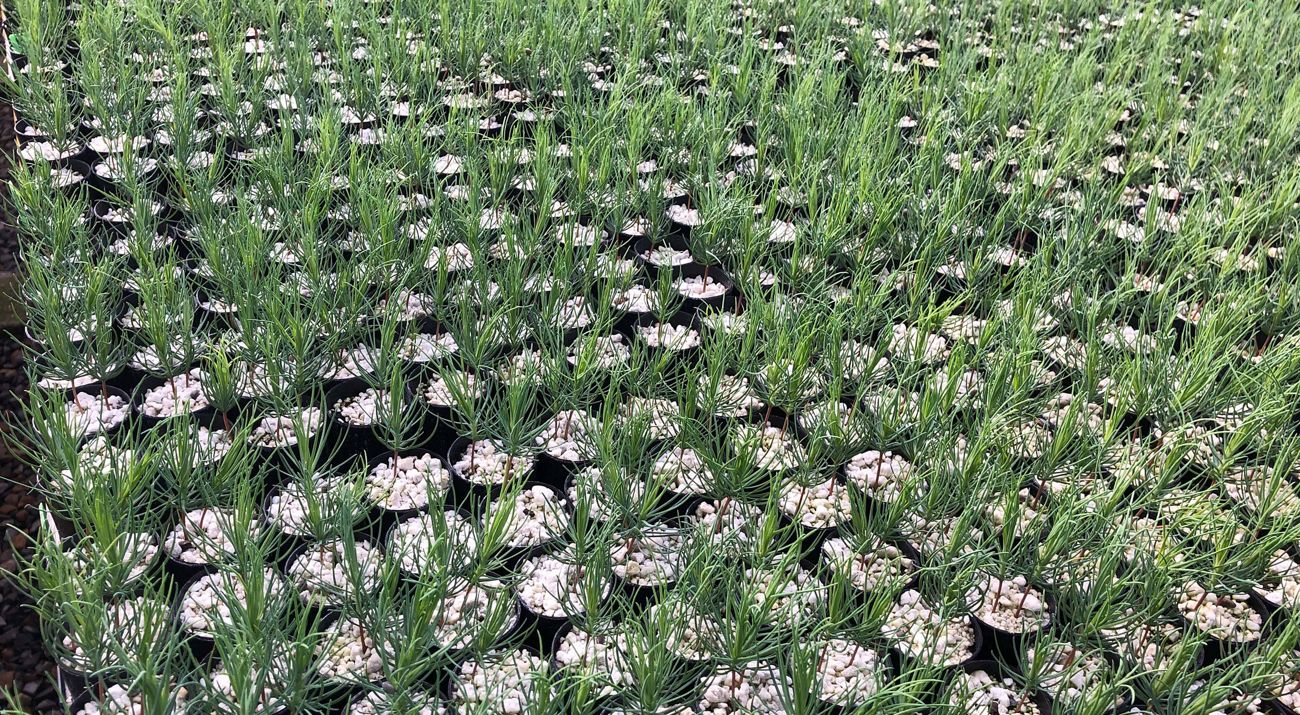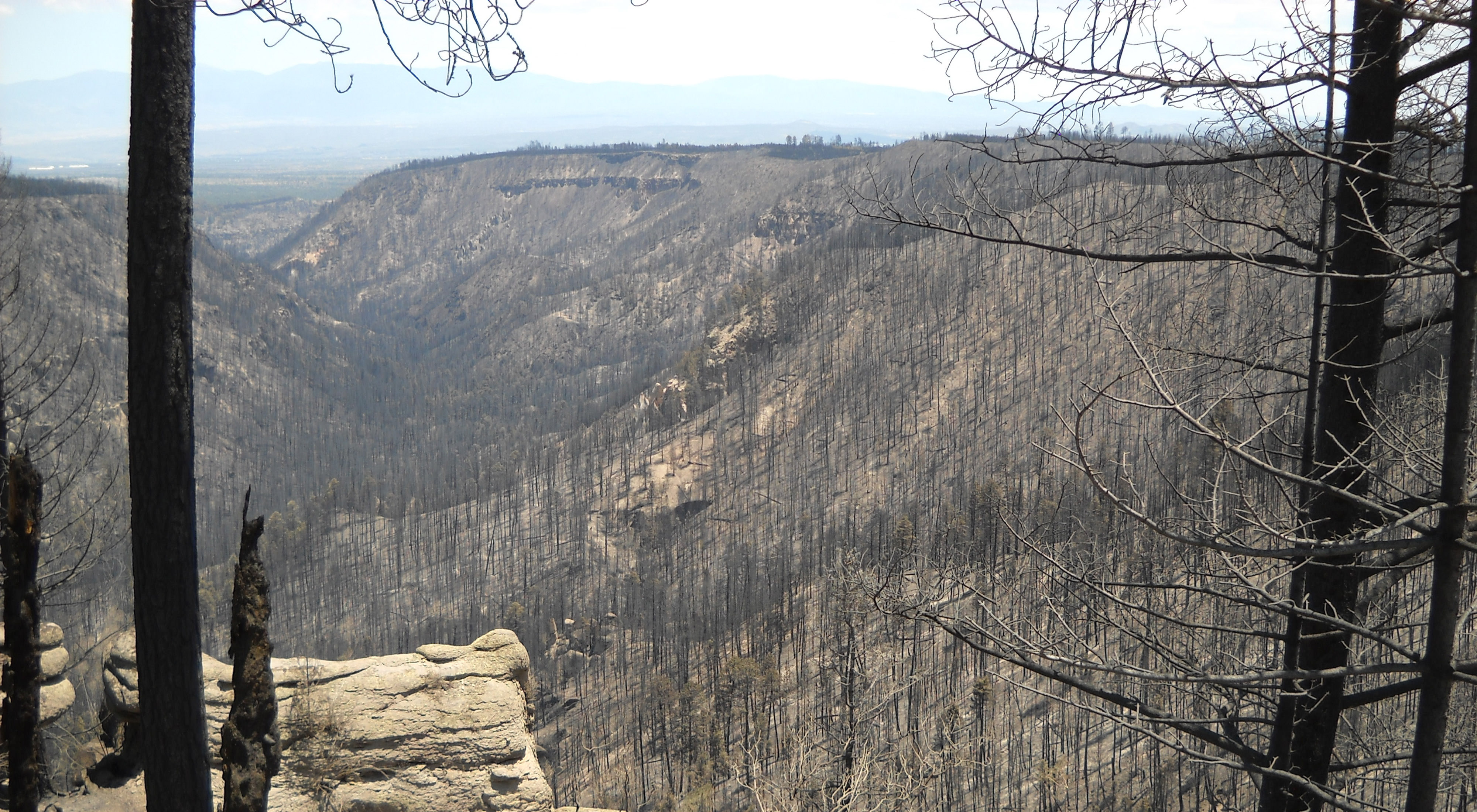After the Fire, Seeding New Mexico’s Future
Q&A with Dr. Owen Burney on reforesting the Jemez Mountains.
Millions of acres of Southwestern forests have burned over the last decade, decimating land and creating concerns with water security. And, as temperatures continue to rise, these devastating fires burn hotter and more frequently.
New Mexicans know this all too well. In 2011, the Las Conchas Fire burned 156,000 acres in the Jemez Mountains, making it one of the worst fires in state history. The fire created such large burn scars with no living seed source that trees are not able to regenerate.
That, combined with drought and warmer temperatures, could mean serious issues for the water, recreation industry and the animals who call the Jemez Mountains their home.
Jemez Mountains
The Jemez Mountains are a small mountain range formed from an ancient volcano at the southern tip of the Rocky Mountains in north-central New Mexico.
The mountains are home to deer, elk, black bear, American beaver and several federally endangered species. Piñon-juniper, ponderosa pine, aspen and spruce-fir are the dominant forest types. Streams, meadows and wetland habitats also make up the landscape.
The Jemez mountains are the ancestral homes to local Pueblos, who use the landscape for many traditional purposes. In addition to the Pueblos, the land is managed by Santa Fe National Forest, Bandelier National Monument, Valles Caldera National Preserve and Los Alamos National Lab.
Over the past quarter century, profound losses of forested ecosystems have occurred, particularly across the drier, eastern portion of the range, driven by combined impacts of hotter droughts, unprecedented insect outbreaks, and anomalously severe wildfire events.
After the Fire, Seeding New Mexico’s Future is a new effort designed to bring life back to 4,000 acres of scorched land in the Jemez Mountains. This reforestation project falls under The Nature Conservancy-led Rio Grande Water Fund and is a collaborative effort between Wildlife Conservation Society, New Mexico State University, Santa Clara and Cochiti Pueblos, and many others.
In addition to thinning dense, overgrown forests, we’re now focusing on reforestation—planting trees in large burn scars where they cannot grow back on their own. By planting ponderosa pine and Douglas fir trees, we offer the best opportunity for tree growth in a burned landscape also impacted by increasing warming and drought caused by climate change.
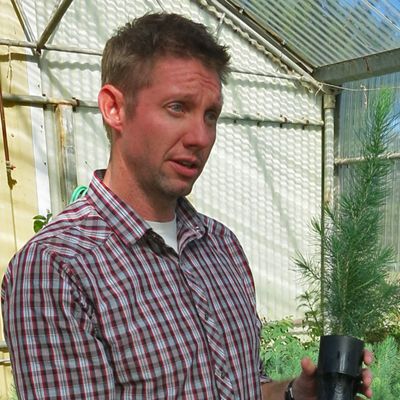
Dr. Owen Burney, superintendent of New Mexico State University’s John T. Harrington Forestry Research Center, plays a pivotal role helping us grow tree seedlings that will be resilient to climate change.
According to Burney, “Reforestation is more than just the act of planting trees. We need to address multiple forestry challenges in New Mexico. It’s imperative to collect the right seed for the landscapes we want to reforest and develop science-based nursery cultural practices, all of which translate to successful planting in the field. Most importantly, we need community education and engagement to support these efforts.”
Burney is growing ponderosa pine and Douglas fir trees at the nursery in Mora, New Mexico, using seed stock from the 1970s. Baby trees are scheduled to be planted this fall by project partners.
Earlier this summer, members of our conservation team hosted a virtual event with Dr. Burney to discuss the challenges of reforestation efforts, from seed harvesting and selection to outplanting. Watch the event and read on as Dr. Burney answers questions from our community.
What’s the biggest hurdle for reforestation efforts in the Jemez Mountains?
The biggest hurdle we face right now is seed collection. The last broadscale tree seed collection took place in the 1970s when the timber industry funded seed collection. During the fall of 2019, crews gathered to take advantage of a mast, or bumper crop of ponderosa pine seeds and were able to collect 350,000 pine seeds—a good start but we need many more to make a real difference.
How do current mega-fires impact natural forest regeneration differently than healthy fires?
Our dry conifer forests (ponderosa pine, for example) that evolved with frequent, low-severity fire, do not have the necessary adaptations to naturally regenerate after the massive fires that create large areas of dead trees. From recent research, natural regeneration is limited to approx. 200 yards from an existing seed source. In some areas, patches of tree killing fire are miles across without a viable seed source.
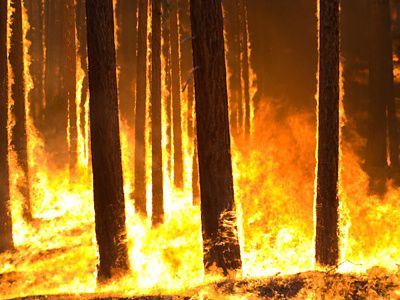
Why do many burned areas not regrow on their own and require reforestation?
The intensity and severity of the large, catastrophic fires is so great that it burns deep into the soil and over large areas. As a result, all seed in the soil is destroyed and mother trees to supply seed are too far away. Thus, we need to replant in the middle of the destroyed landscapes where seed will not likely fall for a century or more.
What is the importance of regenerating burned landscapes with native species?
In terms of tree and shrub species, it is rare to use non-native species for restoration efforts in the U.S. We, and the U.S. Forest Service, are using only native species for reforestation efforts. Native species are adapted to the climate (current and future). Many species have co-evolved to live with certain species and keeping a diversity of species in the forest creates a more resilient system.
What does nucleation planting mean and why is this a method used for reforestation efforts?
Nucleation plots are groups or clusters of high-density plantings or tree islands that mimic natural regeneration patterns in the southwestern U.S. The individual clusters are small (1/16 to 0.5 acres) and spaced across the burned landscape with 300 ft or more between the clusters. It is hypothesized that severe and intense fires will have a difficult time moving through these systems due to the spacing of clusters. Within each nucleation, seedlings will provide shade for each other and may increase the growth and survival of the overall nucleation.
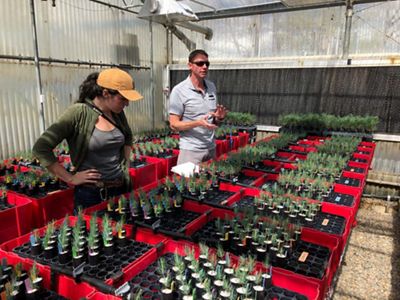
How You Can Help
Sign up for our monthly newsletter and we’ll keep you posted on reforestation efforts, conservation news and upcoming events.
Donate to The Nature Conservancy in New Mexico.
Follow us on Facebook and share our stories with your community.
Is there any advantage to reforesting a particular area over several years or decades to promote a diversified age-class of trees?
Research into ponderosa pine forests show that trees commonly regenerate episodically with 10-15 regeneration events per century. There is some level of regeneration each year but they big years are those where the climate is favorable for cone development and tree development for several years in row. In the Southwest this doesn’t happen very often. We are mimicking natural processes by trying to take advantage of good weather and wetter years to plant the trees.
How do you store seeds and how long do they remain viable?
Seeds can be stored for decades depending on species, but each passing year reduces their viability. In New Mexico, the last multi-year seed collection occurred in the 1970s. These seeds are still viable, but they are getting old. We need to collect new, fresh seed from climate-ready parent trees to ensure a viable reforestation program in New Mexico.
How long do the seedlings need to grow before replanting?
1-2 years in the nursery.
How do you improve genetic diversity in seeds?
By collecting seeds from a variety of locations and targeting places that resemble the future climate, those that are already the hot and dry sites where seeds, cones and baby trees are growing well. We suspect these trees have genetic adaptations that will help them thrive under a changing climate. Generally, seeds are stored separately by collections. Right before they are sowed, the seeds from similar locations are mixed in the nursery. The seed (and genetic) mix is determined by the planting location and needs of the project.
How can community members support reforestation efforts?
We’re in the early stages of this project and due to COVID-19, we’re unable to host volunteer events at this time. We certainly do plan to engage with the community as we move forward, which could include activities like seed collection or tree planting.
